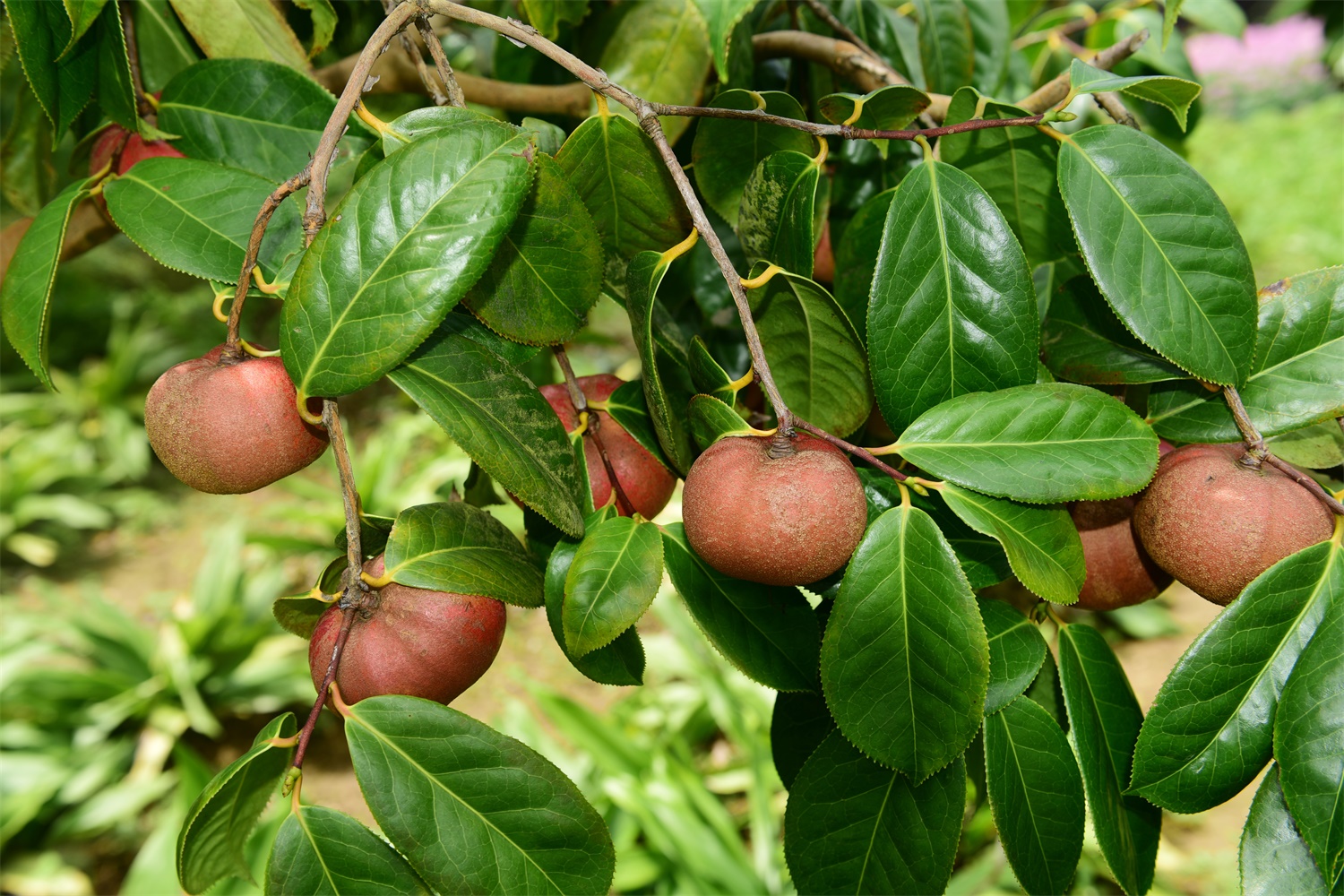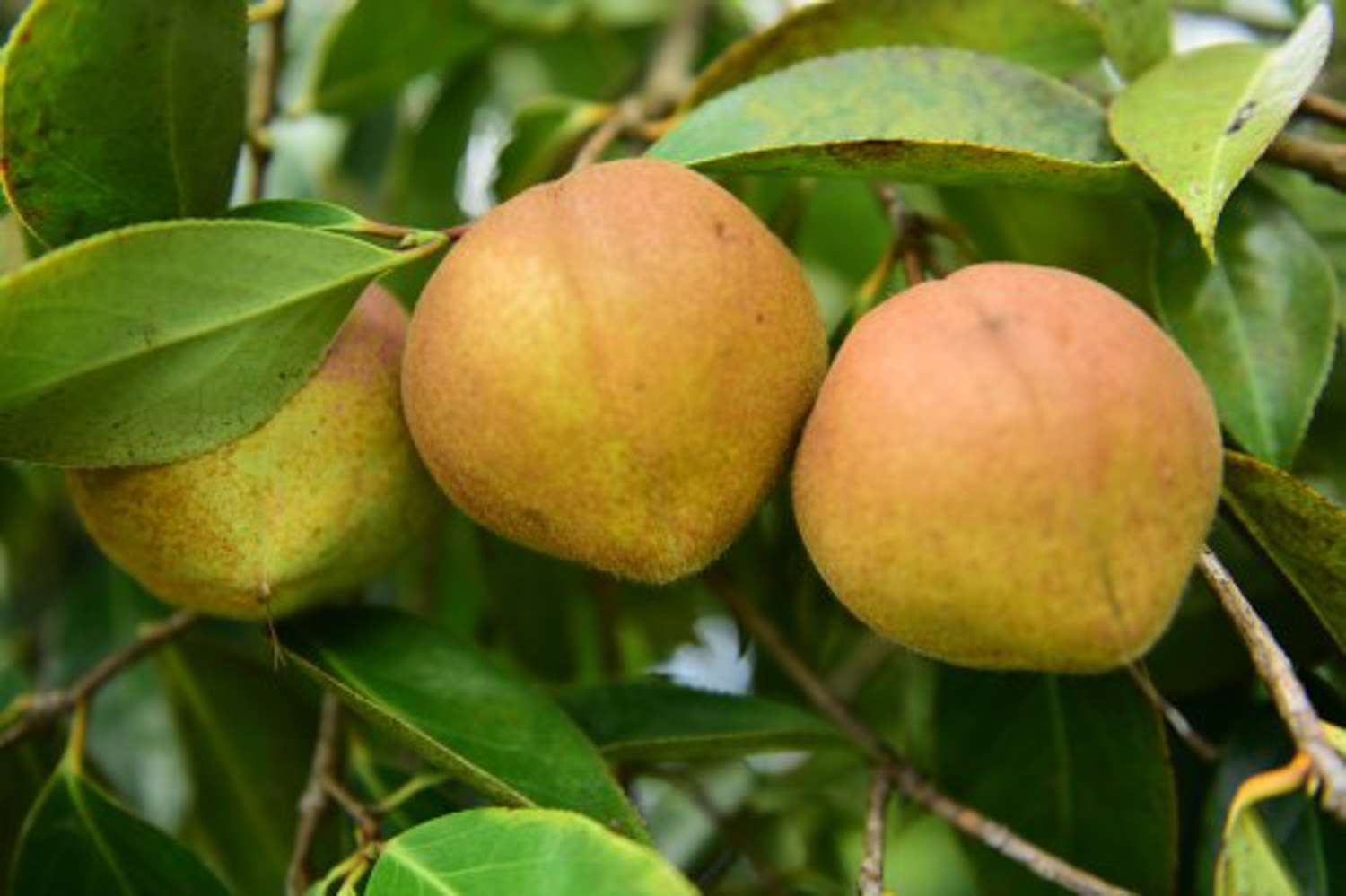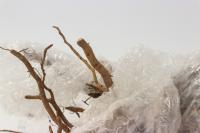1、 Curing method
1. Soil: Camellia oleifera is a well cultivated plant, which does not have high requirements for soil quality. Generally, it is OK to prepare thicker acidic soil. Loose and fertile soil will be more conducive to its growth

2. Water: its demand for water will be higher, especially during its vigorous growth. Sufficient water supply can promote its better growth. However, the amount of water should not be too sufficient. Too much water will affect its growth
3. Nutrient: during its growth, nitrogen fertilizer is often used when applying fertilizer. Nitrogen fertilizer can provide plants with more sufficient nutrients and make them grow more robust and powerful
4. Light: sufficient light during maintenance is essential and suitable for full sunlight. If the light absorption is insufficient, it will cause more branches and leaves to grow, but the fruit is few, and the oil yield will be greatly reduced

2、 Breeding skills
1. Pruning: when planting, in order to ensure the emergence rate, the seedlings will be planted close to each other. When it grows to about 20 cm, it needs to be treated with simple seedlings, leaving one for three. Also prune the withered branches and leaves properly, so as to promote their absorption of nutrients
2. Propagation: cutting is often used, and the best time is in summer. Select strong and full branches, cut them into cuttings of about 4cm, and dip some ABT rooting powder. When cutting, keep the cuttings upright, and the row spacing is about 10cm. Finally, water them and pay attention to shade. They will take root and sprout about 60 days after cutting

3、 Diagnosis and treatment problems
1. Root rot: the most common disease of cultured Camellia oleifera is root rot. if it is not prevented in time, its roots will rot completely until they die. The roots and soil should be sprayed with diluted copper sulfate for disinfection
2. Elephant insect: elephant insect is very harmful to the growth of Camellia oleifera. It can be diluted with hundred insect crystal and water and sprayed to kill it

4、 Other issues
1. How to spend the winter: like to grow in a mild environment and fear the cold temperature. During breeding, it is best to control the temperature at about 16 to 18 degrees Celsius. Too low temperature or frost will cause the failure of plants, flowers and fruits
2. Edible: its seeds can be pressed into oil. The pressed oil is clear in color and tastes delicious. It can be used as edible oil


 jackfruit
jackfruit snake plant
snake plant hibiscus
hibiscus hydrangea
hydrangea lavender
lavender Green roses climb al...
Green roses climb al... If you don't pay att...
If you don't pay att... Management of four g...
Management of four g...
































